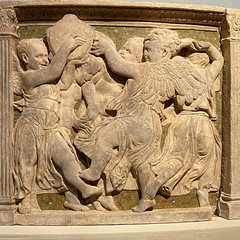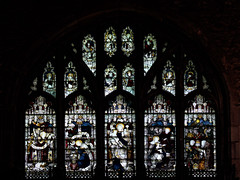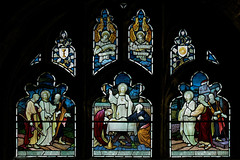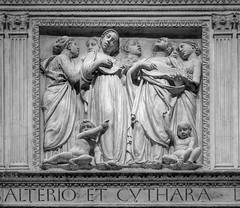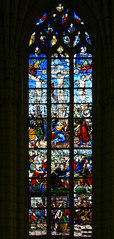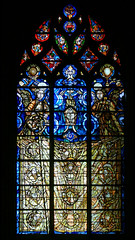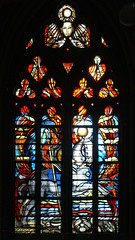The Ospedale degli Innocenti in Florence stands at the intersection of art, architecture, and social conscience. Commissioned in 1419 by the Arte della Seta (Silk Guild) and designed by Filippo Brunelleschi, it was both a revolutionary architectural achievement and a profoundly humane institution: the first purpose-built orphanage in Europe.


